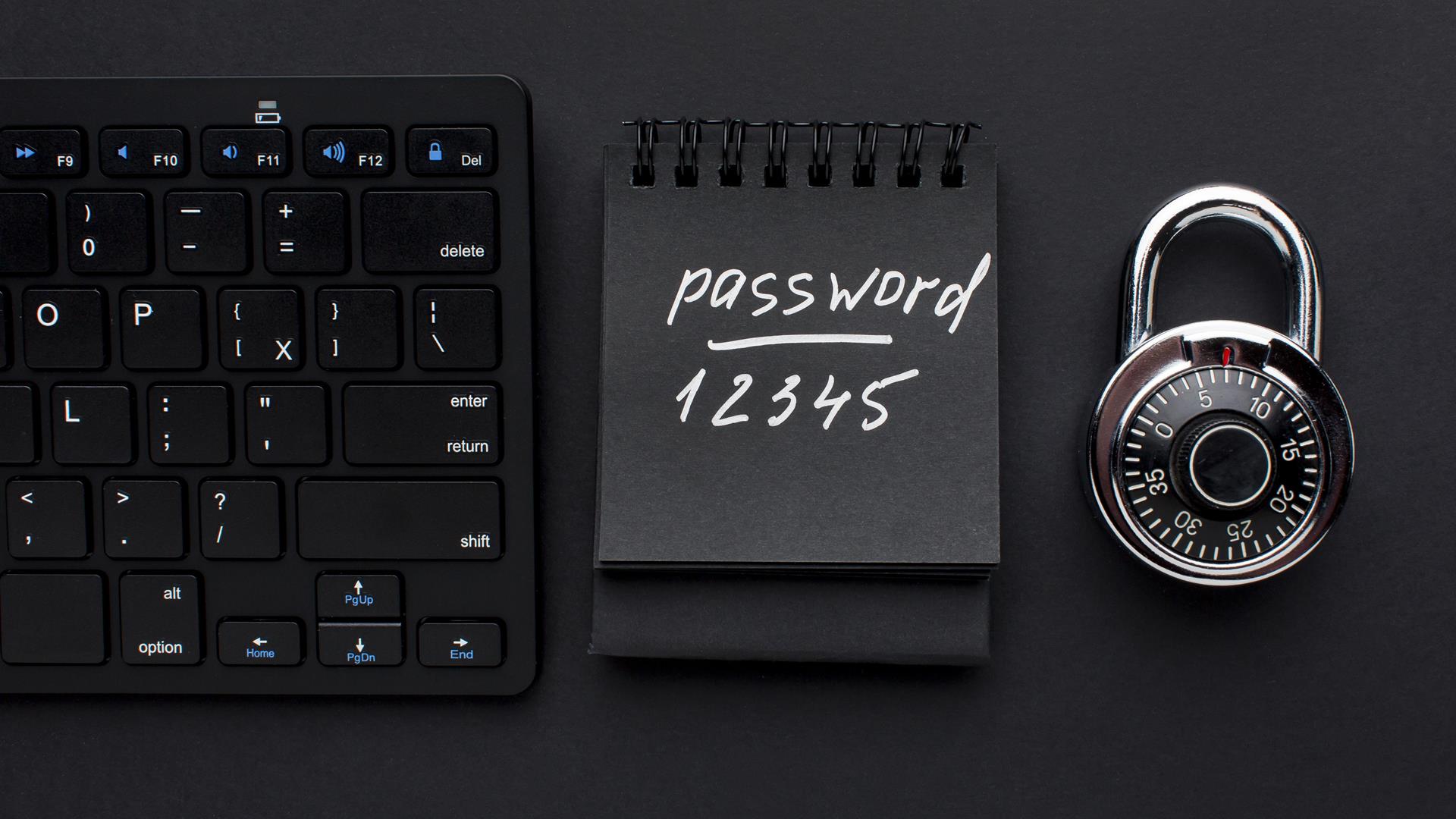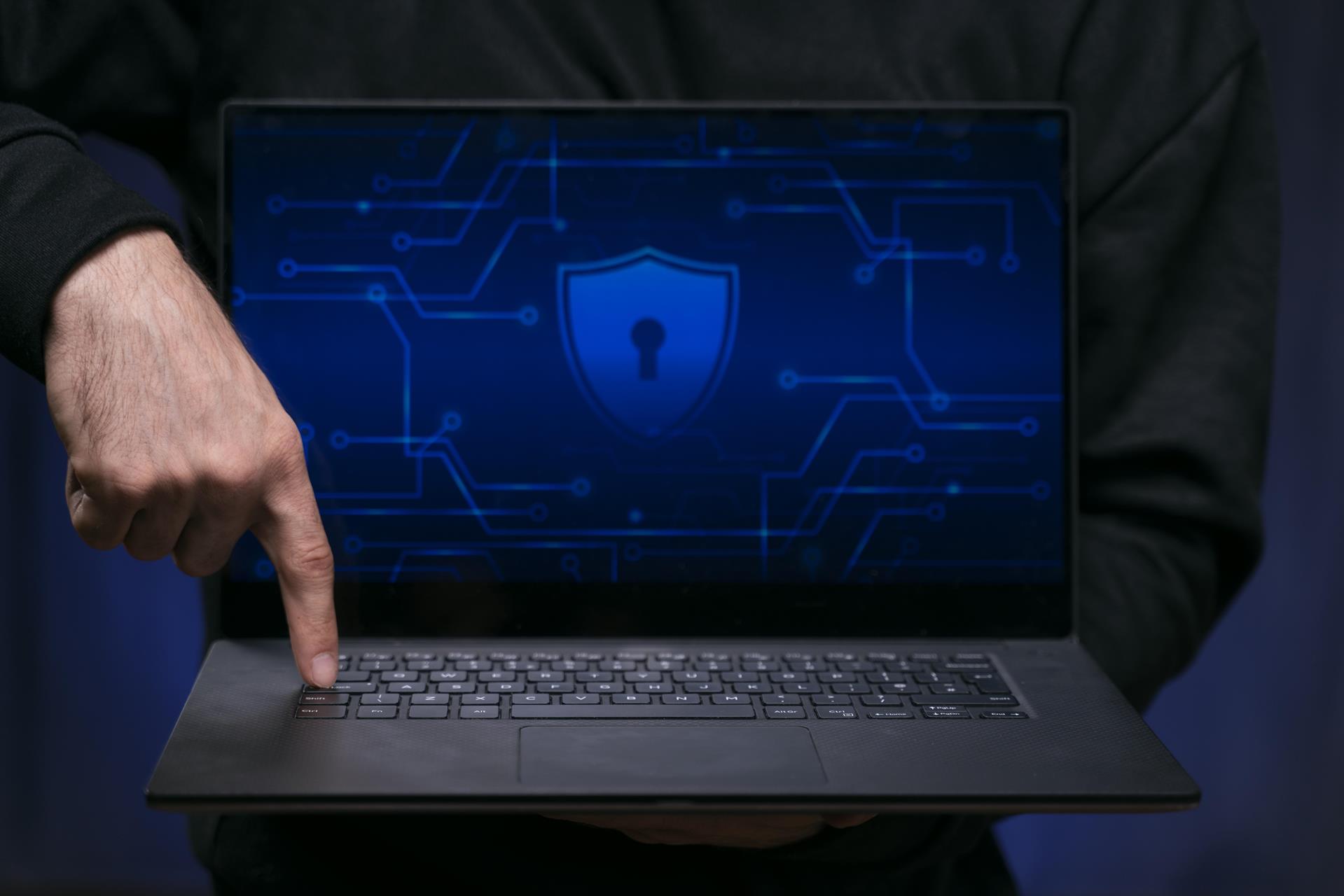
Every day the time we spend online seems to increase, between websites, apps and social networks. We now live permanently connected to the internet, but we don't pay as much attention to it protection of personal data.
Even though everyone now knows that the secure management of personal information is crucial to avoid privacy violations and fraud, not as many people know how to do it, nor do they take steps to implement the procedures necessary to secure their data. On the other hand, more and more organizations are interested in having as much information as they can about us.
Companies are not the only ones interested in our data: hackers and bad actors also try to exploit it, obviously for illicit purposes. Therefore, it is essential to take effective measures to protect your personal data on the web.
Let's see how to do it.
The importance of personal data protection
Personal data has become the gold of the 21st century. The information we share online, such as preferences, tastes and opinions, is used by companies to create targeted marketing strategies.
You will surely have noticed that if you search for shoes on the web, immediately afterwards you start receiving advertisements for that very item of clothing. It's not a casuality. You have accepted, probably unknowingly, tracking cookies. The same thing goes for social networks.
In addition to companies, this data is equally valuable to bad actors who can use it for illicit activities such as scams, theft of personal codes, etc. Understanding the value of your personal data is the first step in protecting it effectively. Here are some tips for sailing safely.
1. Read the privacy policy
Everyone knows it and no one does. No one wants to waste time reading pages and pages of boring information and rules, even if it concerns the protection of personal data and websites do nothing to make reading easier. However, we want to emphasize as strongly as possible that, before using any online service, It is essential to read the privacy policy carefully.
This legal document explains how a website collects, processes and manages data provided by users. It is important to know whether the information is sold to third parties or used for specific purposes. By law, in fact, you have the possibility to refuse this type of tracking. Furthermore, if the privacy policy is not clear, it is advisable to contact the site team or avoid signing up.
2. Restrict app access to devices
Social networking applications can request access to a wide range of personal data, such as your contact list, photos and location. Limit these accesses in your device settings can reduce the risk of abuse or privacy violations. It is good practice to periodically review the permissions granted to apps and revoke any that are not necessary.
3. Reject cookies
When we enter a website we are now accustomed to seeing the cookies pop-up appear and we are equally accustomed to accepting them blindly. But are you sure you know what you are accepting?
In fact, there are two main types of cookies. Technical cookies are used by websites to store login information, personalize the user experience and speed up navigation. However, there are also cookies used to track your online activities, your searches and your preferences.
When you see the usual pop-up appear, waste a few seconds for refuse non-essential cookies. Additionally, managing your browser settings to limit or block these cookies can protect your privacy and reduce the risk of tracking. Using cookie management tools allows you to control what information is shared with the sites you visit.
4. Protection of personal access data
This point is not so much about companies, but rather about hackers. Choose complex and long passwords and avoid sharing them with others.
Another good tip, when accessing social profiles from a public or shared computer, is to not save your login details and make sure to log out at the end of the session. Saving passwords on non-personal devices increases the risk of unauthorized access.
5. Enable two-factor authentication (2FA)
L'two-factor authentication (2FA) adds an extra layer of security, requiring a second verification method in addition to the password. This can include a code sent via SMS or a notification on an authenticator app. Enabling 2FA on your accounts significantly reduces the risk of unauthorized access.
6. Use a VPN
A Virtual Private Network (VPN) encrypts internet traffic, protecting personal data while browsing. Using a VPN is particularly useful when you use a public Wi-Fi network, which can easily be intercepted by attackers. A VPN keeps your connection private and protects sensitive information.
7. Update software regularly
Keep software updated, including operating systems, browsers, and apps, is essential for security. Updates often include security patches that fix vulnerabilities that hackers can exploit. Enabling automatic updates ensures you always have the latest protections installed.
8. Be careful of phishing emails
The phishing emails they are designed to trick users into obtaining sensitive information such as passwords and credit card numbers. Be cautious with unsolicited emails and always verify the authenticity of the sender before clicking on links or downloading attachments. This is a fundamental step for protecting personal data and avoiding scams.
9. Use password managers
Our final tip for improving personal data protection is to take advantage of appropriate credential management programs. THE password managers they securely store login credentials and can generate complex, unique passwords for each account. Using a password manager helps you avoid reusing the same password across multiple sites, reducing the risk of multiple account compromises in the event of a breach.
Conclusions
The protection of personal data on the web requires attention and above all awareness. Implementing these strategies can significantly reduce the risk of privacy breaches and protect your personal information from unauthorized access. Protecting your personal data is an ongoing process that requires constant updates and improvements to keep up with new threats. Keeping your guard up and taking preventative measures is the best way to ensure the protection of your personal data.











